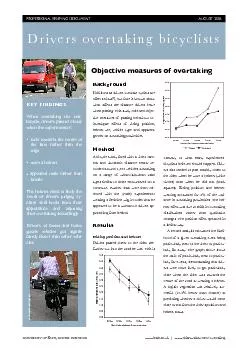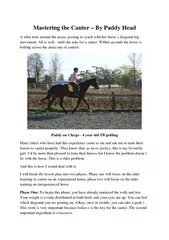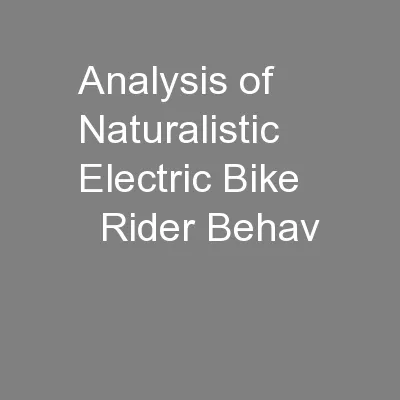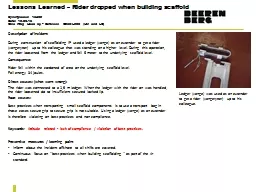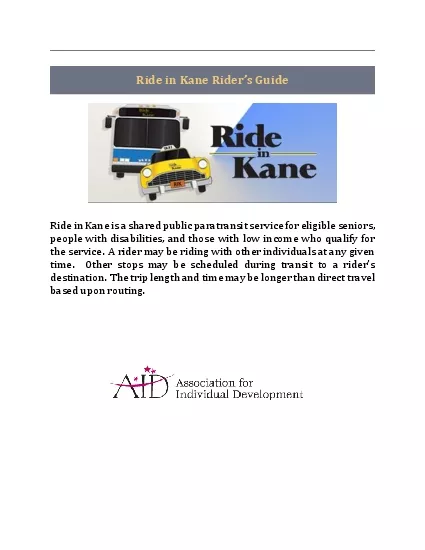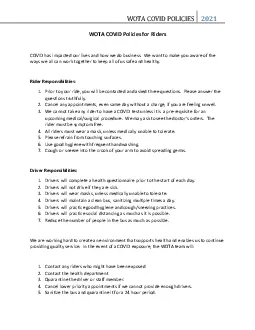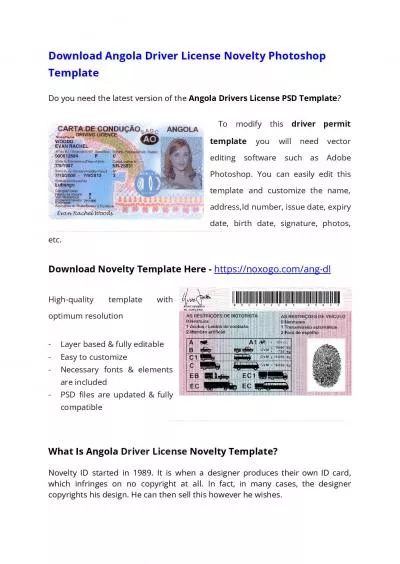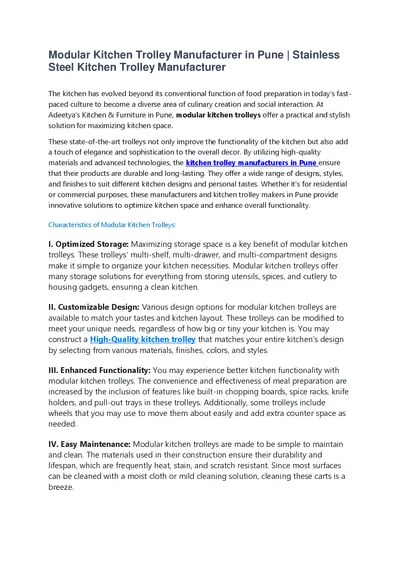PDF-Drivers passed closer to the rider the further out into the road he wa
Author : olivia-moreira | Published Date : 2015-09-18
appearance as in reality gender and helmetwearing will not be particularly valid signs of experience The ridingposition effect suggests drivers simply do not change
Presentation Embed Code
Download Presentation
Download Presentation The PPT/PDF document "Drivers passed closer to the rider the f..." is the property of its rightful owner. Permission is granted to download and print the materials on this website for personal, non-commercial use only, and to display it on your personal computer provided you do not modify the materials and that you retain all copyright notices contained in the materials. By downloading content from our website, you accept the terms of this agreement.
Drivers passed closer to the rider the further out into the road he wa: Transcript
Download Rules Of Document
"Drivers passed closer to the rider the further out into the road he wa"The content belongs to its owner. You may download and print it for personal use, without modification, and keep all copyright notices. By downloading, you agree to these terms.
Related Documents

